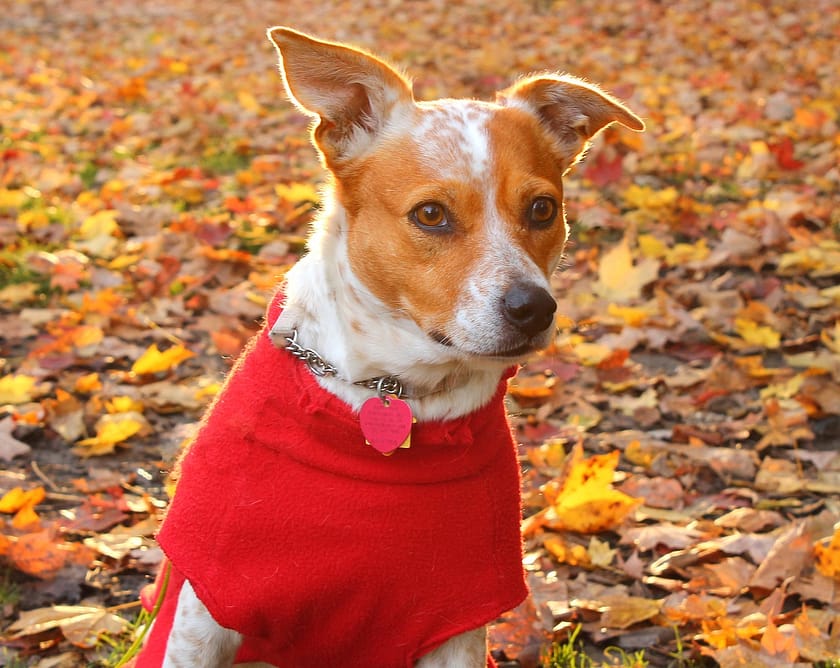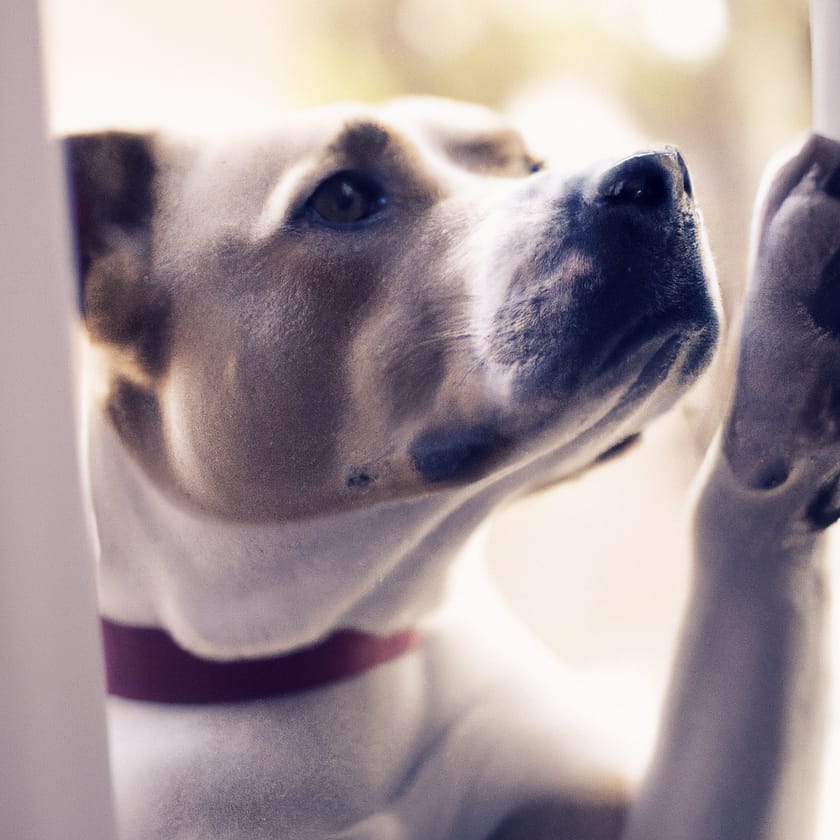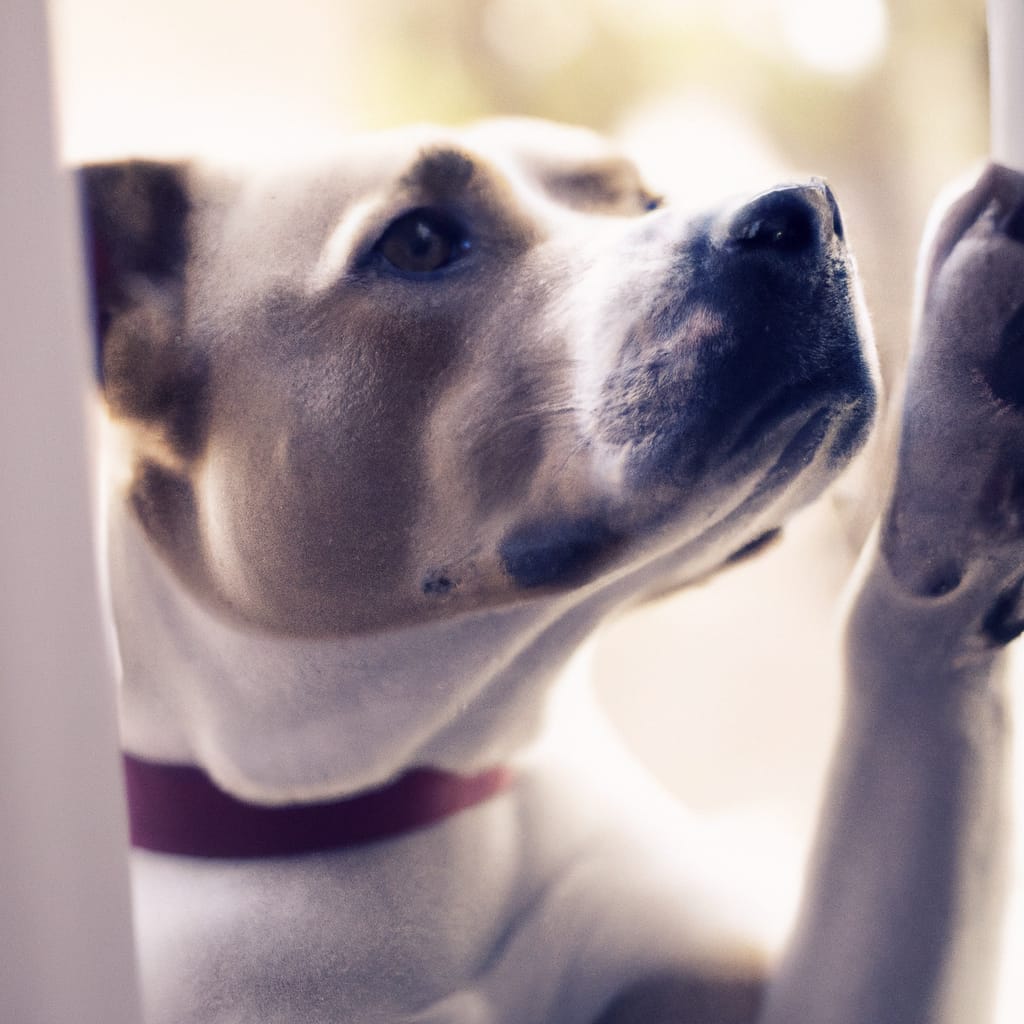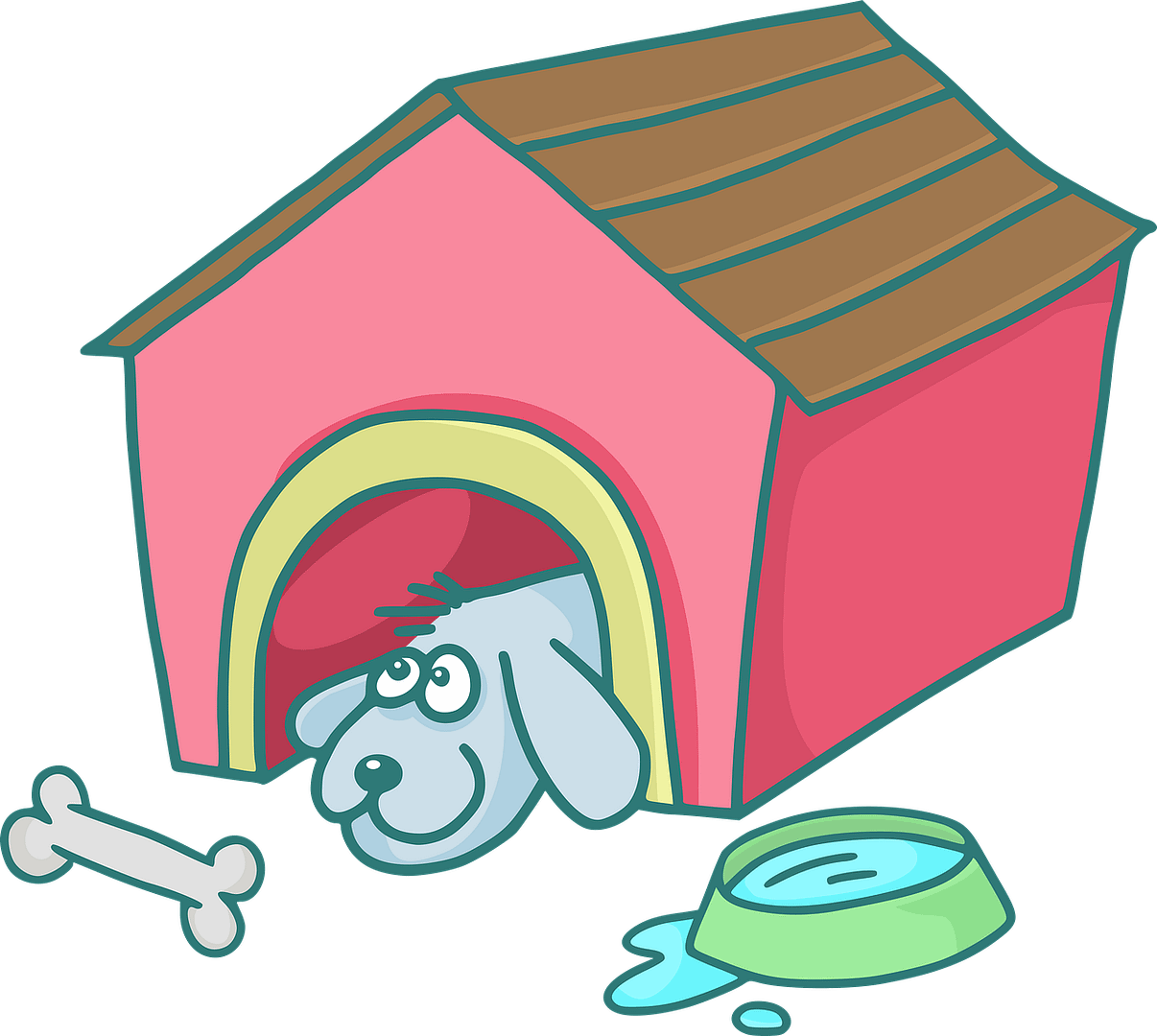Understanding Separation Anxiety In Dogs And How To Help
If you’ve ever wondered why your furry friend whines, barks, or destroys things when you leave them alone, then this article is for you. Separation anxiety in dogs is a common issue that can cause distress for both the pet and the owner. However, by understanding the root causes and implementing the right strategies, you can help alleviate their anxiety and create a more harmonious environment for your beloved canine companion. In this article, we will explore what separation anxiety is, its symptoms, and provide practical tips on how to help your dog cope when you’re not around. So, let’s dive into the world of separation anxiety and discover the ways to support our furry friends through this challenging experience.

What is Separation Anxiety in Dogs?
Separation anxiety in dogs refers to a condition where a dog becomes anxious, distressed, or agitated when they are separated from their owner or left alone. This can be a challenging and distressing experience for both the dog and their owner. It is important to understand the causes, symptoms, and strategies for preventing and managing separation anxiety in dogs.
Causes of Separation Anxiety
Separation anxiety can be caused by a variety of factors. It is often more common in dogs that have experienced changes in their living situation, such as moving to a new home or being rehomed. Dogs who have been abandoned or experienced trauma in the past may also be more prone to separation anxiety. Additionally, dogs who have a close bond with their owners or who have had limited socialization may be more likely to develop separation anxiety.
Symptoms of Separation Anxiety
The symptoms of separation anxiety can vary from dog to dog, but some common signs to look out for include excessive barking or howling, destructive behavior such as chewing furniture or objects, urinating or defecating indoors, pacing or restlessness, and attempting to escape from confined spaces. These behaviors typically occur when the dog is left alone or is anticipating being left alone. It is important to note that these behaviors could also be a sign of other underlying issues, so a proper diagnosis is crucial.
Diagnosing Separation Anxiety
Observation and Evaluation To diagnose separation anxiety in dogs, careful observation and evaluation of the dog’s behavior is necessary. Note the frequency and intensity of the anxious behaviors when the dog is left alone and observe for any signs of distress or anxiety. It can also be helpful to record videos or take photos to provide evidence to a veterinarian or animal behaviorist.
Consulting a Veterinarian A veterinarian should be consulted to rule out any underlying medical conditions that may be contributing to the dog’s anxiety. They can also provide guidance and recommend appropriate treatment options tailored to the individual dog’s needs. A veterinarian may also refer the dog to an animal behaviorist for further evaluation and assistance.

Preventing Separation Anxiety
Puppy Socialization One of the key steps in preventing separation anxiety in dogs is early socialization. Exposing puppies to a wide range of experiences, environments, and people can help them develop resilience and reduce the likelihood of developing anxiety later in life. Puppy socialization classes, playdates, and positive interactions with other dogs and people can all contribute to a well-adjusted and confident adult dog.
Gradual Desensitization Gradual desensitization involves exposing the dog to gradually increasing periods of alone time in a controlled manner. Start by leaving the dog alone for just a few minutes and gradually increase the duration over time. Pair these alone times with positive experiences, such as engaging toys or treats, to help create positive associations with being alone. This method can help the dog become more comfortable and confident in their own company.
Dealing with Separation Anxiety
Creating a Safe Space Providing a safe and comfortable space for your dog when they are alone can help alleviate separation anxiety. This can be achieved by creating a designated area, such as a crate or a specific room, where the dog feels secure. Fill this space with comforting items, such as their favorite toys, blankets, or clothing with your scent. Creating a safe space can help the dog feel more secure and reduce anxiety.
Establishing a Routine Establishing a consistent daily routine can also help reduce separation anxiety. Dogs thrive on predictability, so having set times for meals, exercise, play, and alone time can help them feel secure and know what to expect. A routine can provide a sense of stability and minimize stress for the dog, reducing the likelihood of anxiety when left alone.

Training Techniques for Dogs with Separation Anxiety
Crate Training Crate training can be an effective tool for managing separation anxiety, as it provides a secure and den-like space for the dog. Start by introducing the crate gradually, making it a positive and comfortable place for the dog. Leave the door open initially and gradually increase the duration of time the dog spends in the crate. Remember to pair the crate with positive experiences, such as treats or toys, to create positive associations.
Positive Reinforcement Training Positive reinforcement training involves rewarding desired behaviors with praise, treats, or toys. This training method can be useful in reducing separation anxiety by rewarding the dog for calm behavior when left alone or for focusing on engaging toys instead of becoming anxious. It is important to be patient, consistent, and provide plenty of positive reinforcement to reinforce desired behaviors.
Medication and Supplements for Separation Anxiety
Prescription Medication In some cases, medication may be prescribed by a veterinarian to help manage separation anxiety in dogs. These medications can help reduce anxiety and provide temporary relief. Medications such as selective serotonin reuptake inhibitors (SSRIs) or benzodiazepines may be prescribed based on the severity of the dog’s anxiety. It is important to consult with a veterinarian to determine if medication is necessary and to ensure proper dosing.
Natural Remedies There are also natural remedies that can be used to help alleviate separation anxiety symptoms in dogs. Supplements containing ingredients such as chamomile, valerian root, or L-theanine can help promote relaxation and reduce anxiety. Additionally, products such as pheromone diffusers or anxiety wraps can provide a sense of comfort and security for the dog. It is important to consult with a veterinarian before using any natural remedies to ensure they are appropriate for the individual dog.
Alternative Solutions for Separation Anxiety
Doggy Daycare or Pet Sitters If possible, enrolling a dog in doggy daycare or hiring a pet sitter can provide companionship and reduce the amount of time the dog is left alone. Doggy daycare allows dogs to socialize with other dogs and receive professional supervision, while a pet sitter can provide one-on-one attention and care. These options can help alleviate separation anxiety and provide the dog with stimulation and interaction during the owner’s absence.
Music or White Noise Machines Playing calming music or using white noise machines can help drown out outside noises and provide a soothing atmosphere for the dog. Soft, classical music or nature sounds can be particularly calming for dogs. These sounds can help create a more relaxed and peaceful environment, reducing anxiety and promoting relaxation.
Seeking Help from Professionals
Consulting with a Dog Trainer If the strategies and techniques mentioned earlier do not effectively manage the dog’s separation anxiety, it may be beneficial to consult with a professional dog trainer. A dog trainer can provide personalized guidance and develop a training plan tailored to the specific needs of the dog. They can help address any underlying behavioral issues and implement effective training techniques that can help alleviate separation anxiety.
Working with an Animal Behaviorist For severe cases of separation anxiety or if other methods have not been successful, working with an animal behaviorist can provide additional support. An animal behaviorist is a professional who specializes in understanding and modifying animal behavior. They can conduct a thorough assessment of the dog’s behavior, develop a comprehensive treatment plan, and provide ongoing support and guidance to both the dog and their owner.
Monitoring Progress and Adjusting Strategies
Keeping a Behavior Journal Keeping a behavior journal can be a helpful tool in monitoring the dog’s progress and identifying any patterns or triggers of separation anxiety. Note down the dog’s behavior, any changes in routine, and any strategies or treatments implemented. This information can help identify what is working and what needs to be adjusted to effectively manage the dog’s separation anxiety.
Modifying Training Techniques Separation anxiety may require a combination of different strategies and techniques, and it is important to be flexible and willing to adjust as needed. Monitor the dog’s response to training techniques and be open to modifying them based on their individual needs. Every dog is unique, so it may take some trial and error to find the most effective approach for managing their separation anxiety.
Conclusion
Separation anxiety in dogs can be a distressing experience for both dogs and their owners. However, with the right knowledge, strategies, and support, separation anxiety can be effectively managed. By understanding the causes, symptoms, and various techniques available, you can help your dog feel more secure, confident, and at ease when left alone. Remember to be patient, consistent, and seek professional guidance when needed. With time and dedication, you can help your furry companion overcome separation anxiety and lead a happy and balanced life.













